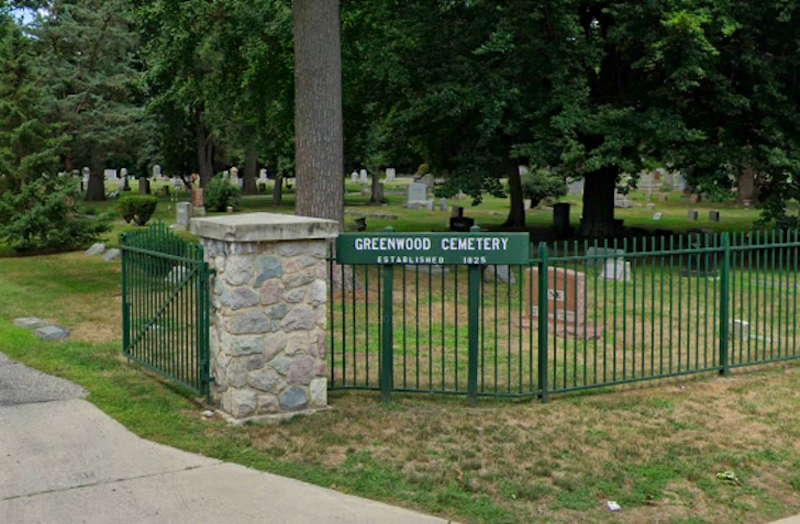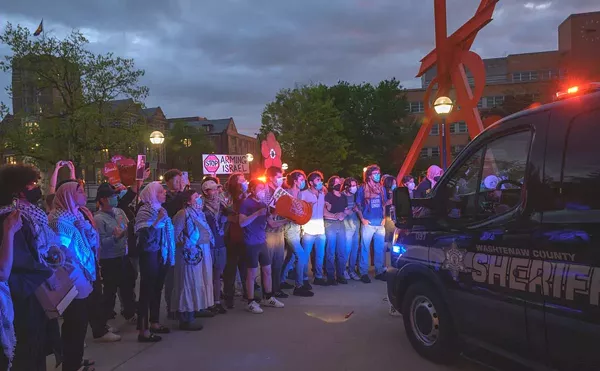
Audio By Carbonatix
[
{
"name": "GPT - Leaderboard - Inline - Content",
"component": "35519556",
"insertPoint": "5th",
"startingPoint": "3",
"requiredCountToDisplay": "3",
"maxInsertions": 100,
"adList": [
{
"adPreset": "LeaderboardInline"
}
]
}
]

Detroit is a city with a deep history, some of that history is connected to slavery and the Underground Railroad.
Throughout the city you’ll find sites that connected to the route like the First Congregational Church of Detroit, or statues that honor the route, such as the Gateway to Freedom marker on the riverfront facing Canada.
The Underground Railroad’s historical sites are not limited to just Detroit, but extends to the city’s suburbs as well. And soon, Birmingham could join the National Underground Railroad Network to Freedom.
The Network to Freedom was established after the passing of the National Underground Railroad Network to Freedom Act in 1998. The goal is to preserve the history of the Underground Railroad and offers a list of verified sites that were used to help slaves escape to freedom.
In Birmingham’s Greenwood Cemetery, George Taylor, a freedom seeker, and Elijah Fish, an abolitionist, are buried at the site. According to Hometown Life, Birmingham Museum director Leslie Pielack submitted all materials establishing Taylor and Fish’s connection to slavery abolition.
If the application is approved, Greenwood Cemetery would become the first Birmingham site listed on the national registry. It would join Ann Arbor, Jackson, Lansing, Adrian, Detroit, Ypsilanti, Muskegon, and others if accepted.
Stay connected with Detroit Metro Times. Subscribe to our newsletters, and follow us on Google News, Apple News, Twitter, Facebook, Instagram, or Reddit.






